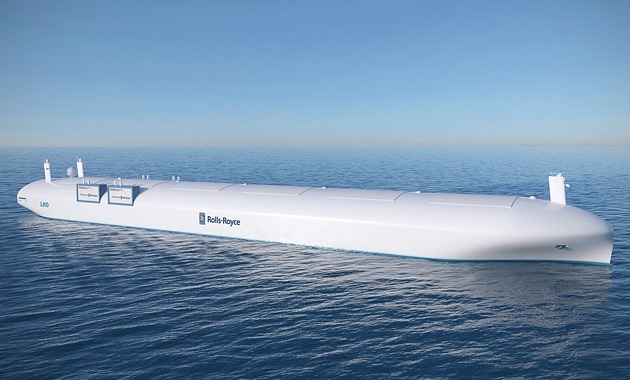A European Union-funded research project called MUNIN is looking to make international cargo shipping more energy and cost efficient, essentially turning “seafaring” into a desk job. Named for one of the Nordic god Odin’s raven sidekicks, the goal of the MUNIN project is to create autonomous ships that can sail themselves from port to port. This would reduce energy consumption by lessening lighting, eliminating fresh water production, and getting rid of an onboard crew. The project is the subject of a workshop at the SMM maritime conference in Hamburg, Germany, today.
MUNIN is being led by researchers from the Fraunhofer Center for Maritime Logistics and Services. The goal is to prove the safety of unmanned ships and then push for changes in international maritime regulations to allow them to ply the seas. Nearly all of the technology required to operate ships autonomously is already available, as Ørnulf Rødseth, a researcher at the Norwegian Marine Technology Institute, said in a report published in advance of SMM. “The technology for electronic positioning, satellite communications, and anti-collision measures already exists,” he said. “Many vessels are also equipped with advanced sensor systems.” But he admits that having the technology and getting governments and international authorities to buy in are two separate issues. “This is why there is a lot of talk about the costs issue, as well as the concerns of shipowners and the general public. We mustn’t forget that current rules and legislation all assume that there are people on board.”
In order to get regulatory buy-in, researchers will need to demonstrate that autonomous systems can make the safety of robotic ships at least as good as manned ones. And hopefully, the lower speeds and automated responses of robotic ships could actually reduce collisions and other accidents at sea. As Rødseth noted, 75 percent of accidents at sea are caused by human error.
The major technical challenge of totally autonomous ships is the issue of hardware failure. A ship’s transit time could be anywhere from two to three weeks on many trips, and a loss of communications or sensor data would be difficult or impossible to deal with without crew onboard. On the upside, a single operator could, according to researchers, pilot up to 10 cargo vessels simultaneously from a control center ashore, with a three- to four-megabit-per-second data link to each ship.
MUNIN ships would rely on electrical propulsion powered by natural gas instead of marine diesel fuel or the “bunker oil” used by some older ships. This would reduce maintenance requirements and allow for redundancy that could keep a ship moving even with system failures. The technology could also present a solution to piracy, since unmanned ships would be less vulnerable to hijacking (though they might be more vulnerable to remote hacking).
Fully robotic ships based on the MUNIN concepts are at least a decade away. However, the technologies could be adopted on existing ships much sooner.
via arstechnica.com



